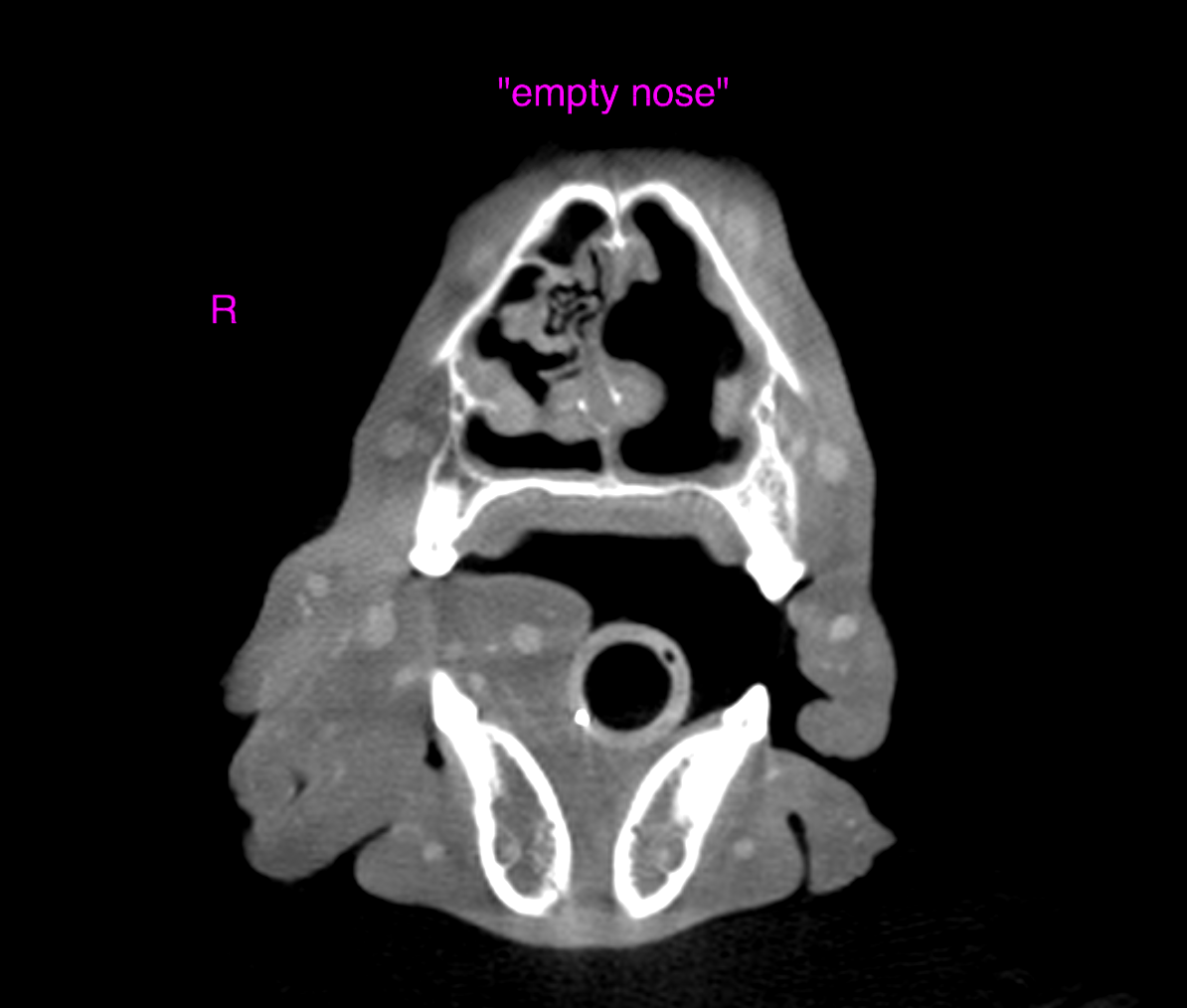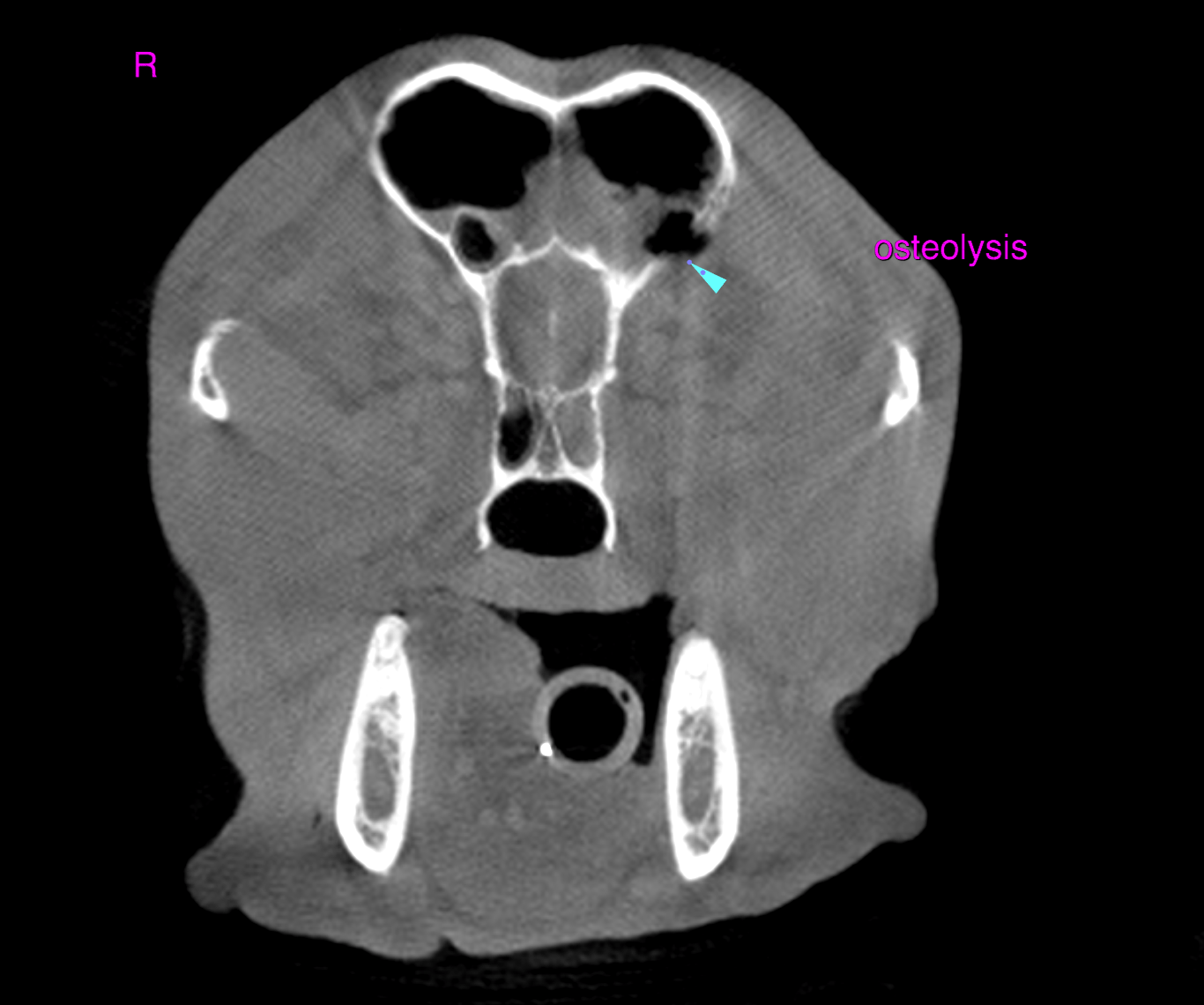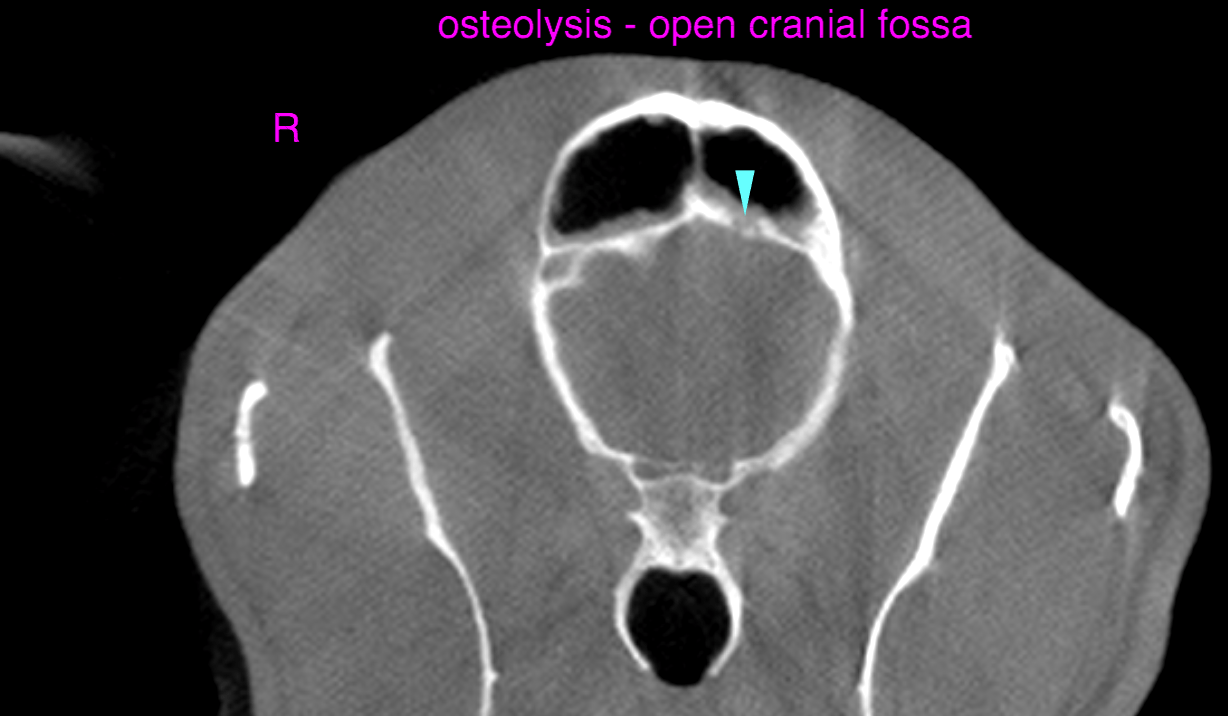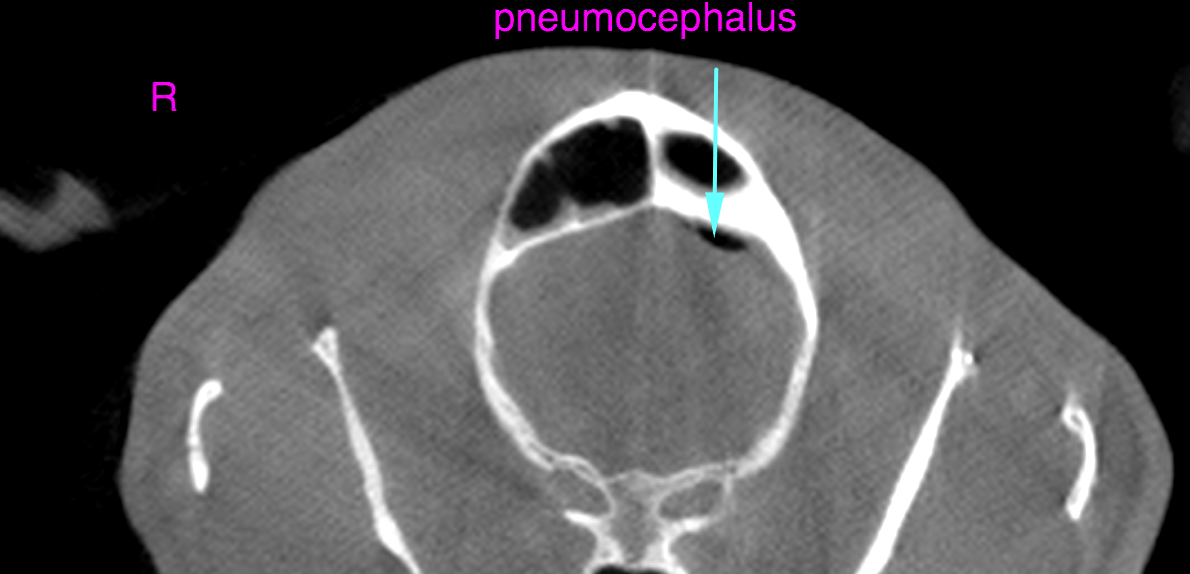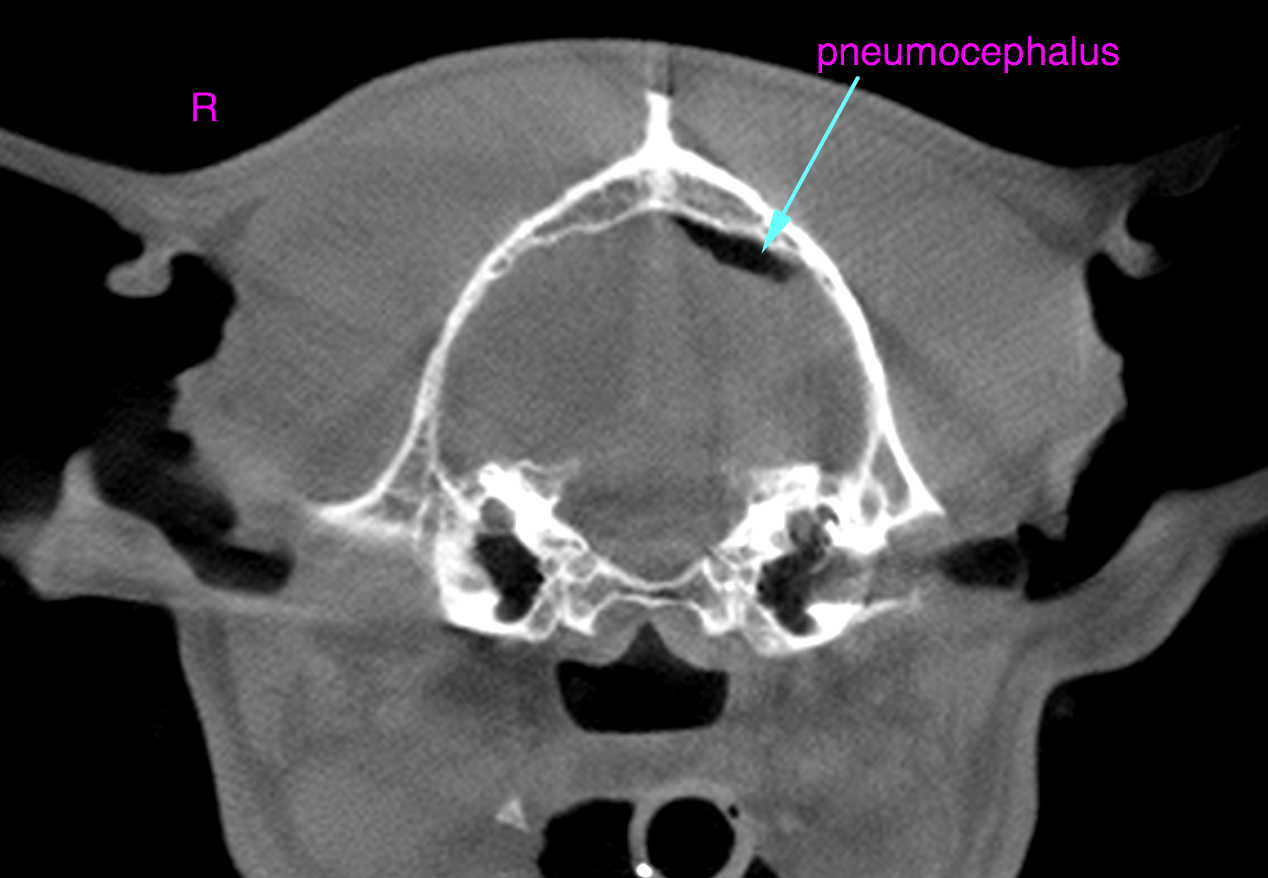This 3 year old M German Shepherd has a history of chronic active rhinitis, culture Mersa Staph pseud intermedius. Presented with moderate to severe epistaxis, painful around nose, weight loss
CBC/Chem: WBC 18,660, EOS 1570 on 6/30/16
This 3 year old M German Shepherd has a history of chronic active rhinitis, culture Mersa Staph pseud intermedius. Presented with moderate to severe epistaxis, painful around nose, weight loss
CBC/Chem: WBC 18,660, EOS 1570 on 6/30/16
